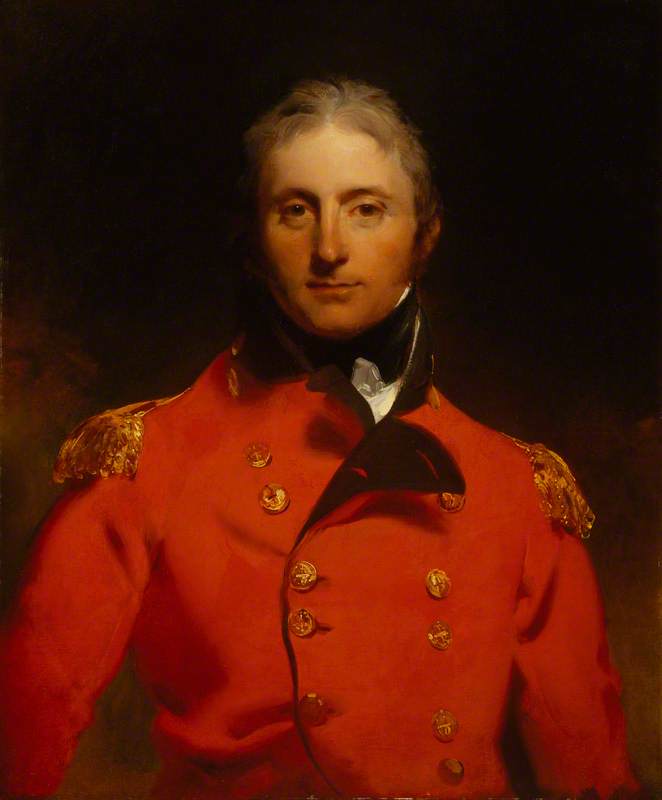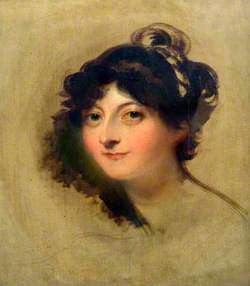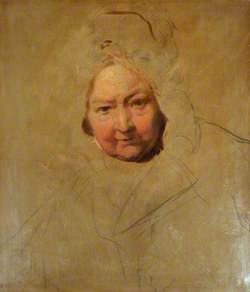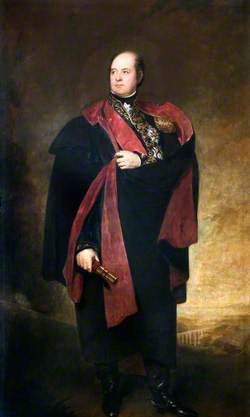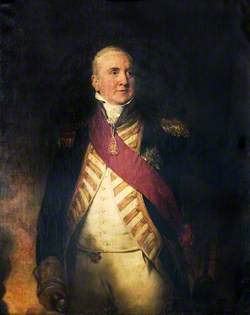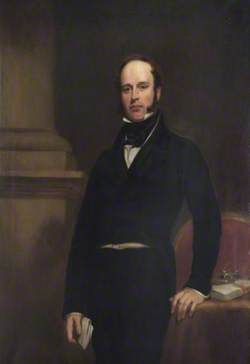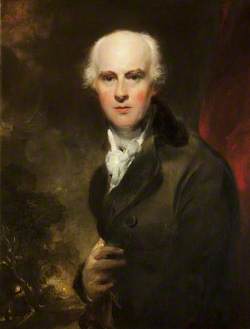How you can use this image
This image can be used for non-commercial research or private study purposes, and other UK exceptions to copyright permitted to users based in the United Kingdom under the Copyright, Designs and Patents Act 1988, as amended and revised. Any other type of use will need to be cleared with the rights holder(s).
Review the copyright credit lines that are located underneath the image, as these indicate who manages the copyright (©) within the artwork, and the photographic rights within the image.
The collection that owns the artwork may have more information on their own website about permitted uses and image licensing options.
Review our guidance pages which explain how you can reuse images, how to credit an image and how to find images in the public domain or with a Creative Commons licence available.
Buy a print or image licence
You can purchase this reproduction
If you have any products in your basket we recommend that you complete your purchase from Art UK before you leave our site to avoid losing your purchases.
Notes
Add or edit a note on this artwork that only you can see. You can find notes again by going to the ‘Notes’ section of your account.
Lieutenant-General. Commander during the early stages of the Peninsular War (1808), he was cut off from Portugal by the French and obliged to make a forced march to the coast at Corunna to embark his troops; there he was killed in repulsing the French. Moore arrived in Dublin in December 1797 and was first engaged in disarming the radical United Irishmen in Cork before the outbreak of the 1798 Rebellion. Moore was horrified at the brutality of some of his fellow officers during the disarmament process. He also spoke out against the Protestant gentry, claiming that though his men had confiscated hundreds of thousands of pikes, they would soon appear again if the gentry did not change their ways. The following year he assisted General Lake in the suppression of the Rebellion in Wexford.
Title
Sir John Moore
Date
c.1800–1804
Medium
oil on canvas
Measurements
H 74.9 x W 62.2 cm
Accession number
1128
Acquisition method
Given by the sitter's grandniece, Miss Mary Carrick Moore, 1898
Work type
Painting
